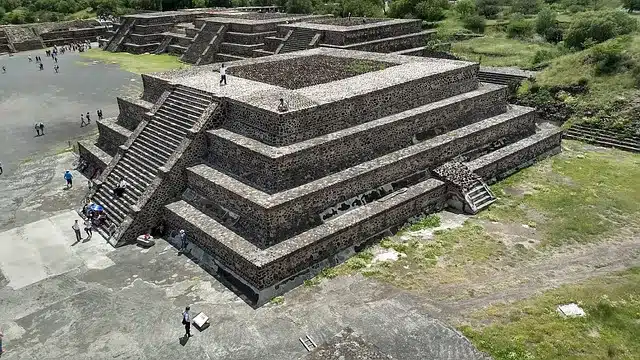
An archaeological zone is a space that contains many vestiges and ruins from ancient times.
The idea of area can be used to name a sector of a certain piece of land or a surface . Archaeological , for its part, is an adjective that refers to what is linked to archaeology : the science dedicated to the analysis of material remains of the past.
An archaeological zone is the place where numerous ruins or objects from past times are concentrated, which allow history to be reconstructed or help to understand various aspects of an ancient civilization. These vestiges are usually found buried or hidden for various reasons: the action of wind and erosion, the advance of vegetation, etc.
Investigation of an archaeological zone
To investigate an archaeological area, specialists use various techniques that allow them to study the remains without damaging them. Among the elements that are usually used are metal detectors , radars and aerial photography .
When experts want to access objects that are buried in an archaeological site, they can carry out an excavation . This task involves removing the layers of soil in the opposite direction to their formation: first the most recent layers are removed, until reaching the remains that are sought.
It is also important to know that there are various types of excavation processes in archaeological areas. Thus, we find those that respond to the name of trench , test pits and areas .

Due to their historical and cultural importance, archaeological areas are usually protected by the State.
State protection
It is important to highlight that archaeological areas are usually protected by the State .
Suppose that, in a certain location, there are vestiges of an important ancient civilization buried several meters underground. If a building were built on that site, the vestiges would be destroyed. Therefore, when an important archaeological area is detected, various measures are taken to preserve it and allow the development of scientific studies.
Examples of archaeological zones
There are numerous archaeological zones that exist around the world, such as the following:
– Setefilla archaeological zone . It is located in the Sevillian town of Lora del Río and has been analyzed since the 19th century. However, its first excavations took place in the 1920s, by Thouvenot and Bonsor . The result of the work carried out since then has made it possible to find, for example, a necropolis.
– Teotihuacán archaeological zone , which is located in Mexico . Important discoveries have been made there, such as mural paintings and, above all, a pre-Hispanic city that was one of the most important urban centers in the world.
Thanks to archaeological areas where work has been done through excavations of all kinds, important finds have been discovered such as numerous fossils, real cities that had remained buried, palaces...
However, specifying a little more, we can say that the main discoveries have been the well-known Rosetta Stone , the Chinese terracotta army, the figures of Rapa Nui , the Antikythera mechanism, the Dead Sea scrolls, the walled complex of Sacsayhuamán , the city of Troy or the moa of Mount Owen .
Not forgetting, of course, the map of Piri Reis , the Grauballe man or the tomb of Sunken Skulls .
